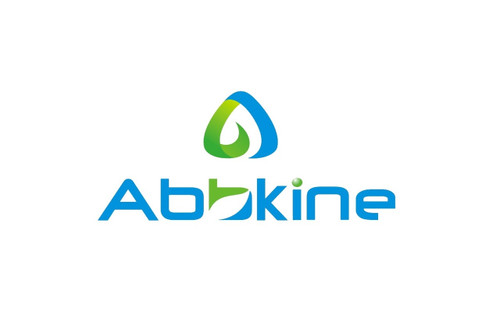Product Description
Rat Protein lyl-1 (LYL1) ELISA Kit | AE60520RA | Abebio
Species Reactivity: Rat (Rattus norvegicus)
Abbreviation: LYL1
Alternative Name: bHLHa18;
Application: ELISA
Range: 0.312-20 ng/mL
Sensitivity: 0.128 ng/mL
Intra-Assay: ≤4.6%
Inter-Assay: ≤10.6%
Recovery: 0, 92
Sample Type: Serum, Plasma, Other biological fluids
Detection Method: Sandwich
Analysis Method : Quantitive
Test Principale: This assay employs a two-site sandwich ELISA to quantitate LYL1 in samples. An antibody specific for LYL1 has been pre-coated onto a microplate. Standards and samples are pipetted into the wells and anyLYL1 present is bound by the immobilized antibody. After removing any unbound substances, a biotin-conjugated antibody specific for LYL1 is added to the wells. After washing, Streptavidin conjugated Horseradish Peroxidase (HRP) is added to the wells. Following a wash to remove any unbound avidin-enzyme reagent, a substrate solution is added to the wells and color develops in proportion to the amount of LYL1 bound in the initial step. The color development is stopped and the intensity of the color is measured.
Product Overview: On chromosome 19, the translocation occurred within a previously uncharacterized transcriptional unit for which Cleary et al. (1988) proposed the designation LYL1. An RNA of about 1.5 kb was transcribed from this gene in a wide variety of hematolymphoid cell lines. The t (7;19) resulted in truncation of the LYL1 gene and production of abnormal-sized RNAs, suggesting a role for LYL1 in the pathogenesis of this leukemia. By fluorescence in situ hybridization, Trask et al. (1993) assigned the LYL1 gene to 19p13.2-p13.1. Kuo et al. (1991) mapped the mouse Lyl-1 gene to chromosome 8, thereby defining a new region of homology of synteny with human 19p. The mapping was achieved in an interspecific backcross using a RFLP. The predicted mouse Lyl-1 protein was 78% identical to human LYL1.
Stability: The stability of ELISA kit is determined by the loss rate of activity. The loss rate of this kit is less than 5% within the expiration date under appropriate storage condition. The loss rate was determined by accelerated thermal degradation test. Keep the kit at 37°C for 4 and 7 days, and compare O.D.values of the kit kept at 37°C with that of at recommended temperature. (referring from China Biological Products Standard, which was calculated by the Arrhenius equation. For ELISA kit, 4 days storage at 37°C can be considered as 6 months at 2 - 8°C, which means 7 days at 37°C equaling 12 months at 2 - 8°C) .
 Euro
Euro
 USD
USD
 British Pound
British Pound
 NULL
NULL












